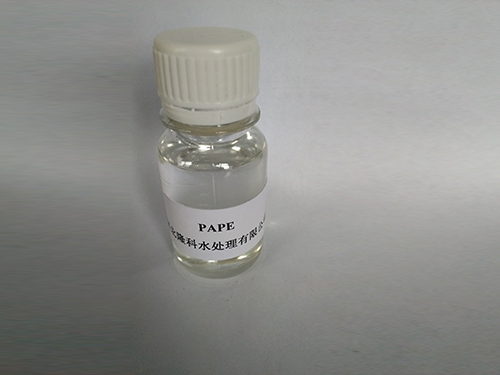Safety Data Sheet for Polyaluminum Chloride Comprehensive Overview and Handling Instructions
Understanding Poly Aluminum Chloride (PAC) and Its Safety Data Sheet (MSDS)
Poly Aluminum Chloride (PAC) is a widely used chemical compound, renowned for its effectiveness as a coagulant in water treatment processes. Its unique properties make it an ideal choice for various applications, such as municipal water treatment, wastewater management, and industrial processes. As with any chemical substance, understanding its safety and handling guidelines is essential for ensuring safe usage. This is where the Material Safety Data Sheet (MSDS) becomes an invaluable resource.
Chemical Composition and Properties
PAC is a synthetic polymer derived from aluminum chloride, characterized by its high charge density. Its molecular weight can vary, but it typically consists of aluminum ions and hydroxyl ions. The presence of these ions helps in the aggregation of suspended particles in water, facilitating their removal. PAC is available in various forms, including liquid and powder, and is often favored over traditional coagulants due to its lower dosage requirements and reduced sludge production.
Applications of Poly Aluminum Chloride
1. Water Treatment PAC is extensively used in municipal water treatment plants to improve the quality of drinking water. It effectively removes impurities, including organic matter, turbidity, and microorganisms.
2. Wastewater Management In industrial settings, PAC aids in treating wastewater by promoting the aggregation of solids, thereby enhancing the efficiency of sedimentation processes.
3. Paper Making The pulp and paper industry utilizes PAC as a retention aid, enhancing fiber retention and improving the overall quality of the product.
4. Food Industry PAC is also employed in food processing, particularly in the clarification of juices and beverages.
Safety Considerations and Handling
polyaluminum chloride msds

Working with PAC requires a thorough understanding of its safety implications. The MSDS provides critical information regarding the safe handling, storage, and disposal of this chemical. Here are some key highlights relevant to PAC
- Hazard Identification PAC is generally considered non-toxic, but exposure can cause irritation to the skin, eyes, and respiratory tract. It is crucial to avoid direct contact with the skin and eyes and to use appropriate personal protective equipment (PPE).
- First Aid Measures In case of accidental exposure, immediate action is vital. If PAC comes into contact with skin or eyes, rinse thoroughly with plenty of water for at least 15 minutes and seek medical attention if irritation persists.
- Fire and Explosion Data PAC is not flammable; however, in the case of a fire involving PAC, appropriate extinguishing media should be used, and inhalation of combustion products must be avoided.
- Spill and Leak Procedures In the event of a spill, it is recommended to contain the material and use inert materials for absorption. Disposal should follow local regulations and guidelines for chemical waste.
Storage Guidelines
To maintain its effectiveness and stability, PAC should be stored in a cool, dry place away from direct sunlight and incompatible materials. Containers must be tightly sealed to prevent contamination and moisture ingress.
Conclusion
Poly Aluminum Chloride is an essential tool in modern water treatment and industrial processes, offering numerous advantages over traditional coagulants. However, like all chemicals, it necessitates careful handling and awareness of safety protocols. The Material Safety Data Sheet serves as a fundamental guide for users, detailing not only the properties and applications of PAC but also the safety measures that should be implemented during its use.
By adhering to the guidelines outlined in the MSDS and understanding the potential hazards associated with PAC, individuals and organizations can effectively mitigate risks and harness the full potential of this remarkable chemical compound. As the need for efficient water treatment solutions continues to grow, knowledge and safety will play crucial roles in the responsible application of Poly Aluminum Chloride.
-
Pbtc Scale InhibitorPBTC: A Scale Protector for Industrial Water TreatmentNewsAug.05,2025
-
Organic Phosphonate: An Efficient Defender in the Field of Scale InhibitionNewsAug.05,2025
-
Hydrolyzed Polymaleic Anhydride: Green Pioneer in Scale Inhibition FieldNewsAug.05,2025
-
PAPEMP Polyamino Polyether Methylene Phosphonic Acid For SaleNewsAug.05,2025
-
Flocculant Water Treatment: A Pioneer in Purification in the Field of Water TreatmentNewsAug.05,2025
-
Benzyl Isothiazolinone: An Efficient and Broad-Spectrum Antibacterial Protective GuardNewsAug.05,2025





